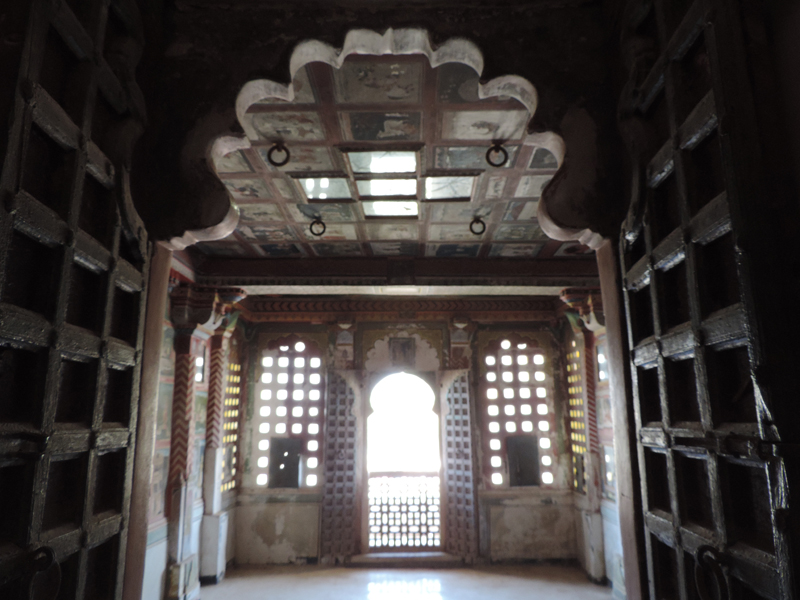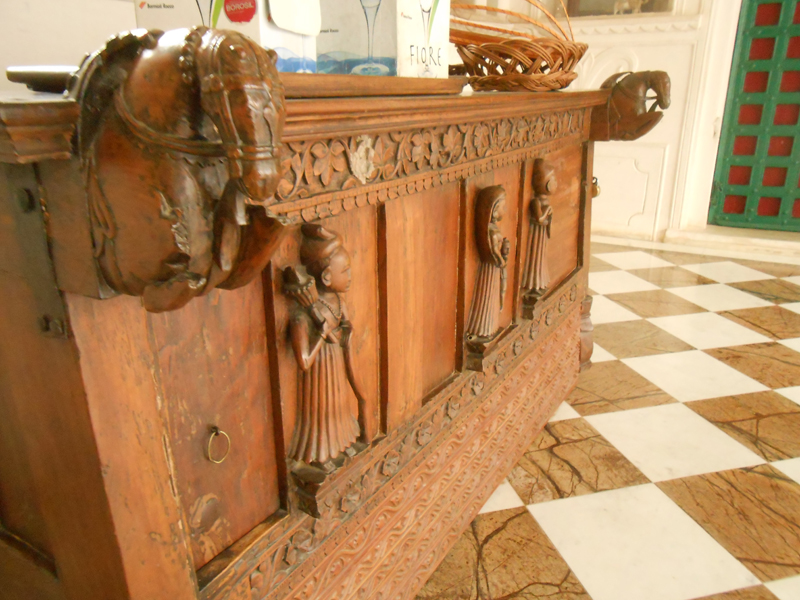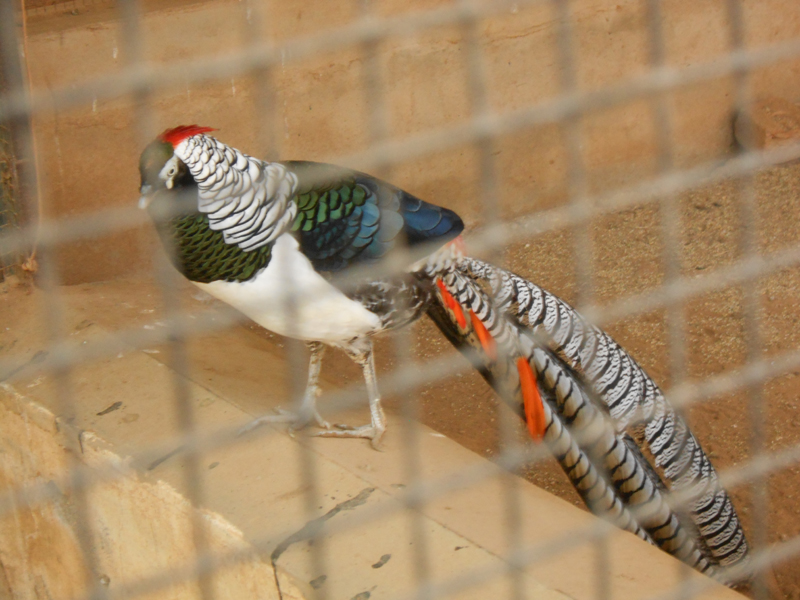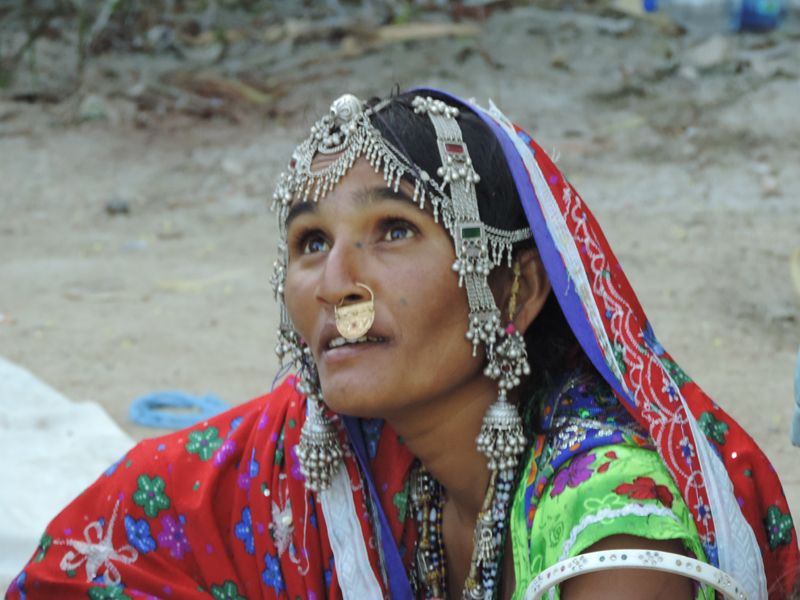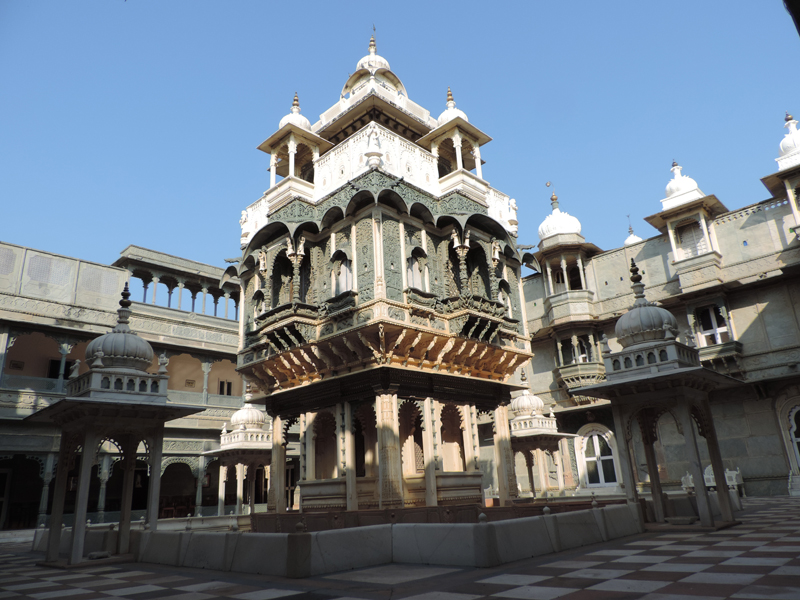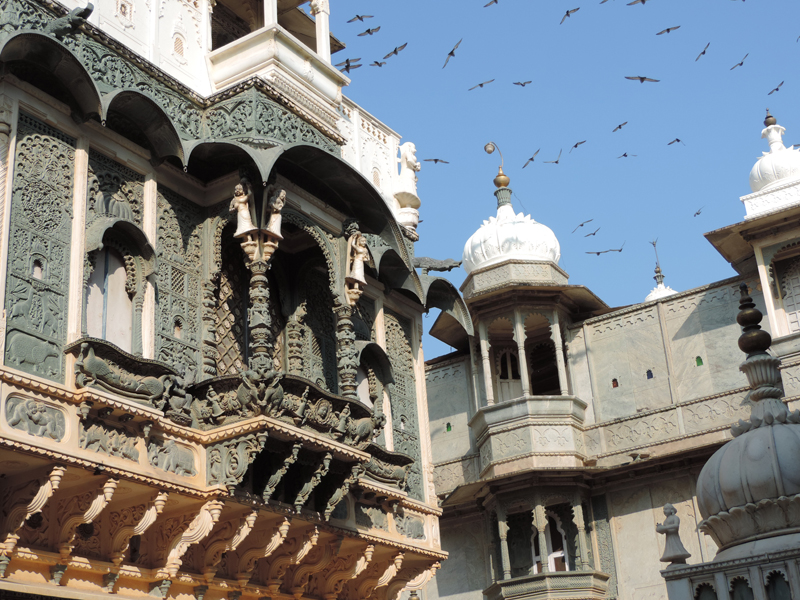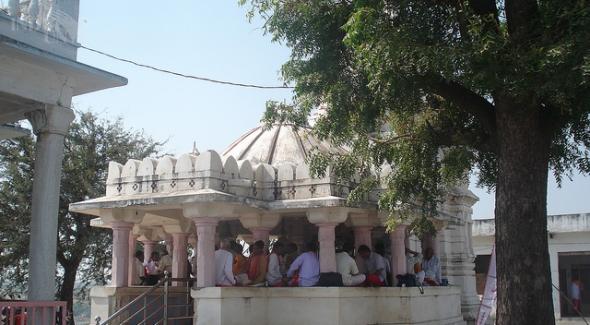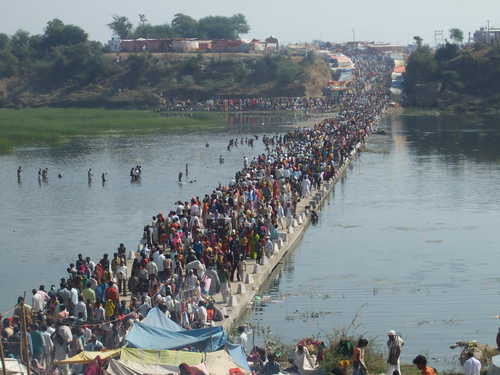Dungarpur, The Land of Varied Wonders
General Information
District:DungarpurState:RajasthanCountry:IndiaArea:37.8 Sq. Km.Language Spoken:Rajasthani, Hindi, English.Long Distance Code:+91-2964Importance:Best Time To Visit:October to FebruaryDescription:
The district is named after the capital of the former princely state of Dungarpur. Dungar means a hill or a mountain and pur means town. Thus Dungarpur means a hill town. Rawal Veer Singh Dev took over this part of the state from the Bhill chieftain Dungaria and laid the foundation of the city as well as the old palace on 14th October, 1282 A.D.
Dungarpur is famous for its particular style of architecture. The palaces of the Dungarpur princes and the residence of the noble ones are adorned by stone Jharokas and a new style of Jharokas which was developed by Maharawal Shiv Singh reign (1730 -1785 A.D.) The goldsmiths of Dungarpur are well known for their lacquer painted toys and picture frames.Location:
The district is wild and rugged, situated at the foothills of Aravali. The terrain though fairly open in the south and east is interspersed with stony slopes covered with low jungle of cactus, and salar (Bosewellia servatta, gun producing tree.) Shrubs and other trees requiring no water or moisture are a common sight here. Towards the north and the east the country is rugged and wild, but towards the south west border the harsh features gradually turn softer.
 The royal residence, named after Maharawal Udai Singh - II, a patron of art and architecture, is a veritable example of Rajput architecture, ornate with intricately sculptured pillars and panels. Impressive balconies, bracketed windows and marvelous arches add to its beauty.
The royal residence, named after Maharawal Udai Singh - II, a patron of art and architecture, is a veritable example of Rajput architecture, ornate with intricately sculptured pillars and panels. Impressive balconies, bracketed windows and marvelous arches add to its beauty. The 13th century seven storied structure resembling a fortress has crenellated walls, turrets, narrow entrance and corridors to slow down the enemy. The splendid interiors embellished with beautiful frescoes, miniature paintings an glass and mirror work, make it an impressive creation.
The 13th century seven storied structure resembling a fortress has crenellated walls, turrets, narrow entrance and corridors to slow down the enemy. The splendid interiors embellished with beautiful frescoes, miniature paintings an glass and mirror work, make it an impressive creation.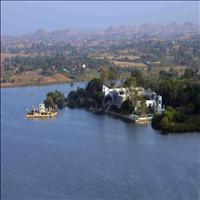 The most famous shrine of Dungarpur is the Shrinathji temple located on the bank of the Gaib Sagar Lake. It is a conglomeration of several small and medium sized temples with one main temple, all massive and strongly built. The latest architectural glory in marble is the Vijay Raj Rajeshwar temple dedicated to lord Shiva. It is beautifully carved in the typical Dungarpur style. The Government Archeological Museum with its fine collection of old statues is worth a visit.
The most famous shrine of Dungarpur is the Shrinathji temple located on the bank of the Gaib Sagar Lake. It is a conglomeration of several small and medium sized temples with one main temple, all massive and strongly built. The latest architectural glory in marble is the Vijay Raj Rajeshwar temple dedicated to lord Shiva. It is beautifully carved in the typical Dungarpur style. The Government Archeological Museum with its fine collection of old statues is worth a visit. The Baneshwar temple, a Shivalinga temple, is situated on a delta formed by the confluence of rivers Som and Mahi. Nearby is a Vishnu temple, believed to be built on the spot where the incarnation of Lord Krishna, Mavaji had spent his time in meditation and devotion. There is also a beautiful temple of Brahma which has a spacious two storeyed building and exquisite carving on pillars and doors. A big fair is held here annually.
The Baneshwar temple, a Shivalinga temple, is situated on a delta formed by the confluence of rivers Som and Mahi. Nearby is a Vishnu temple, believed to be built on the spot where the incarnation of Lord Krishna, Mavaji had spent his time in meditation and devotion. There is also a beautiful temple of Brahma which has a spacious two storeyed building and exquisite carving on pillars and doors. A big fair is held here annually.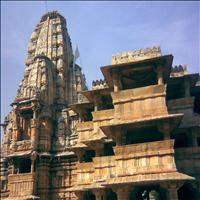 On the banks of the Som river is a beautiful 12th century old Shiva temple. Built in white stone, the temple has imposing turrets. The juxtaposition of huge slabs of stone, both vertically and horizontally reflect the skill and workmanship of the architects in those days.
On the banks of the Som river is a beautiful 12th century old Shiva temple. Built in white stone, the temple has imposing turrets. The juxtaposition of huge slabs of stone, both vertically and horizontally reflect the skill and workmanship of the architects in those days.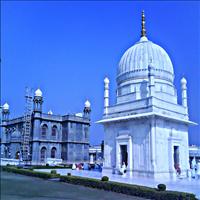 Once the capital of the Parmars, this is a small village with an important shrine of Syed Fakhruddin. Thousands of devotees throng this place for the annual urs, held from the 27th day of Muharram. During this time the shrine is tastefully decorated and illuminated.
Once the capital of the Parmars, this is a small village with an important shrine of Syed Fakhruddin. Thousands of devotees throng this place for the annual urs, held from the 27th day of Muharram. During this time the shrine is tastefully decorated and illuminated.The Jain temples in the vicinity are also interesting.




